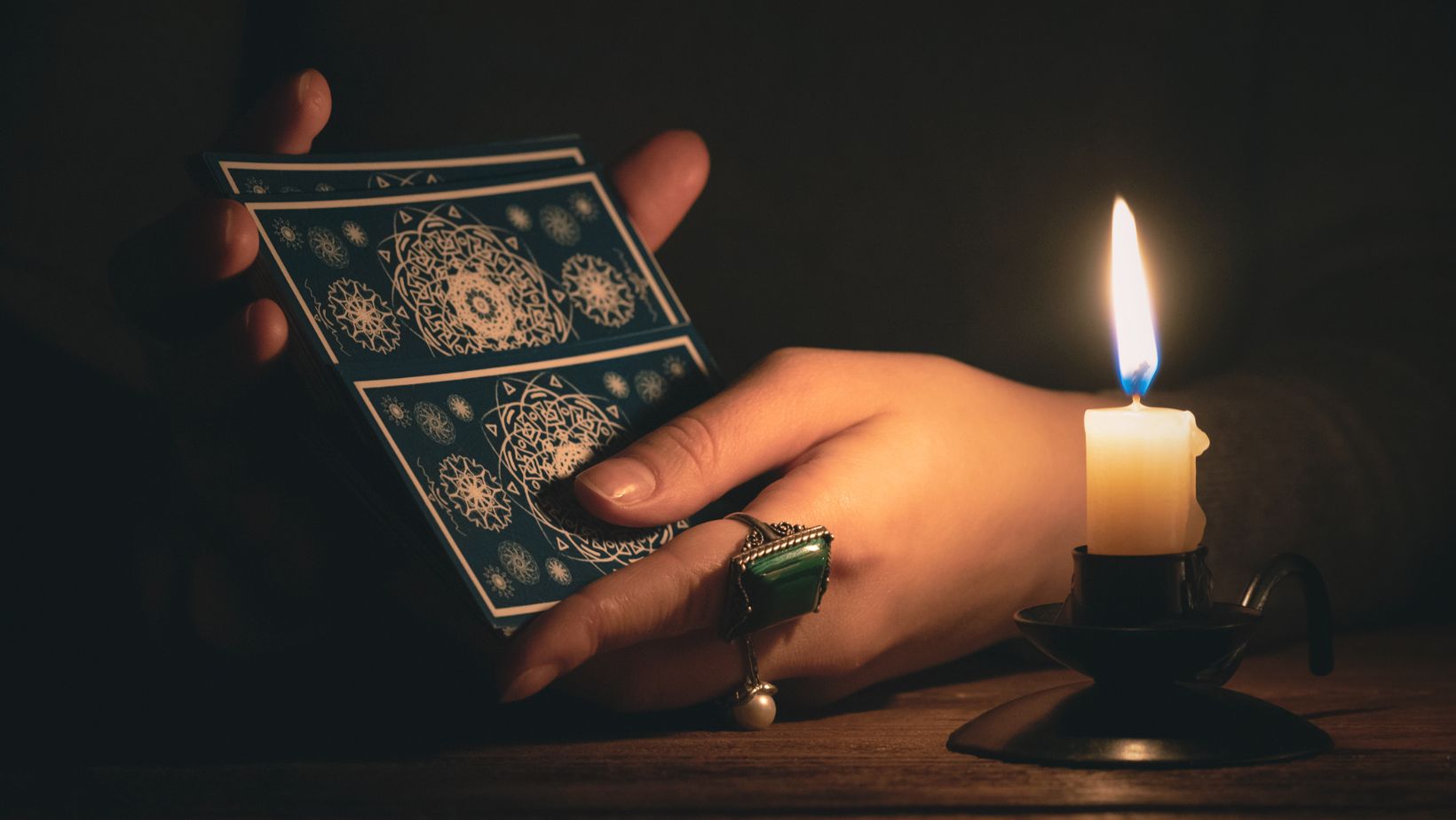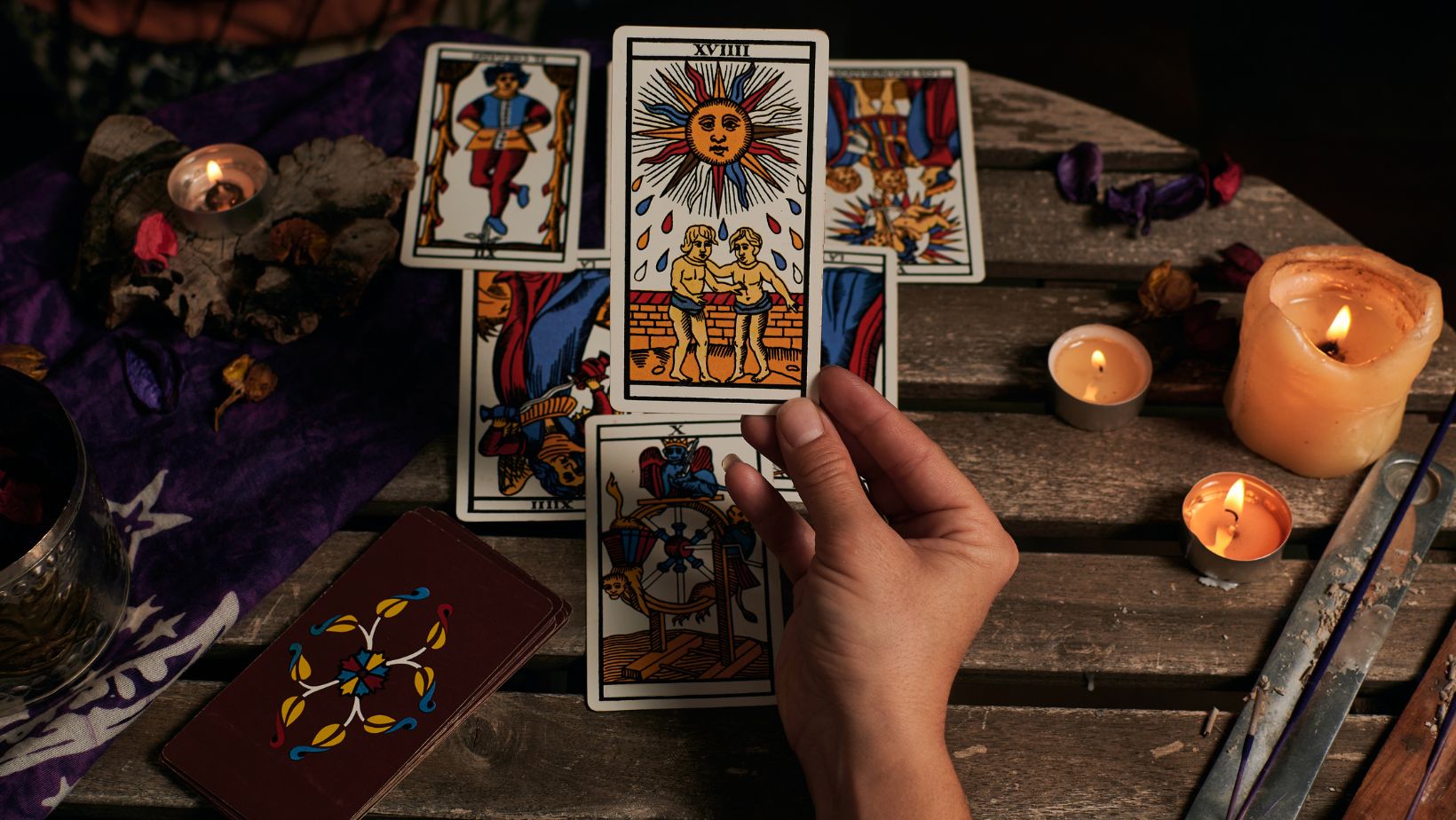Tarot reading, a divination practice that traces its roots back to the 15th century, has continued to captivate individuals seeking insights into their lives, relationships, and destinies. As tarot decks consist of symbolic images representing various aspects of the human experience, the accuracy of tarot readings is a subject of intrigue and debate.
This article delves into the multifaceted factors that influence the accuracy of tarot readings, transcending the mystical aura to unveil the psychological, intuitive, and interpretative elements at play.
The Role of the Reader:
Experience and Expertise:
A tarot reader’s experience and expertise play a pivotal role in the accuracy of readings. Seasoned readers, well-versed in the symbolism and meanings of each card, are likely to provide more accurate and nuanced interpretations. Years of practice enhance a reader’s ability to connect with the cards deeper.
Intuition and Psychic Sensitivity:
The intuitive faculties of the tarot reader contribute significantly to the accuracy of readings. Intuition allows the reader to pick up on subtle energies, emotions, and insights beyond the literal interpretation of cards. Psychologically sensitive readers may perceive nuances that escape mere intellectual analysis.
Personal Beliefs and Energy Alignment:
A tarot reader’s personal beliefs and energy alignment can influence the accuracy of readings. When a reader is in a positive, focused, and balanced state, their ability to connect with the spiritual or intuitive realm is heightened, potentially leading to more accurate insights.
The Dynamics of the Reading:
Question Framing and Clarity:
The accuracy of tarot readings is intricately linked to the clarity and specificity of the questions posed by the querent (the person seeking the reading).

Well-formulated questions guide the reader in providing relevant and precise insights, fostering a more accurate interpretation of the cards.
Openness and Receptivity of the Querent:
The querent’s openness and receptivity to the reading play a crucial role. A querent who approaches the session with a genuine willingness to receive insights is more likely to resonate with the cards, allowing for a more accurate interpretation of the symbols in relation to their life circumstances.
Timing and Relevance:
The timing of a tarot reading can impact its accuracy. Tarot cards are often seen as reflections of the present energies surrounding the querent. Readers consider the relevance of each card to the querent’s current situation, offering insights that align with the temporal context of the reading.
Symbolism and Interpretation:
Cultural and Personal Symbolism:
The interpretation of tarot cards is highly subjective and influenced by cultural and personal symbolism. Different readers may ascribe varying meanings to the same card based on their unique perspectives. A reader’s cultural background, personal experiences, and symbolic associations contribute to the richness and depth of their interpretations.
Card Combinations and Spread Dynamics:
Tarot readings often involve the use of spreads, where the positions of cards and their combinations convey specific meanings. The interaction between cards in a spread adds layers of complexity to the interpretation. A skilled reader can discern subtle connections between cards, enriching the overall accuracy of the reading.
Archetypal Influences:
Tarot cards are embedded with archetypal symbolism that taps into universal themes and energies. Readers who understand the archetypal influences inherent in the cards can draw upon a collective reservoir of meanings, enhancing the accuracy of their interpretations.
Exploring Multiple Perspectives:
A well-rounded approach to a phone psychic experience involves seeking insights from multiple sources. While a psychic reading can provide valuable perspectives, combining it with other forms of self-reflection, counseling, or advice from trusted friends and family offers a more comprehensive understanding of the situations at hand.
Conclusion:
The accuracy of tarot readings is a fascinating interplay of various factors, blending the tangible and intangible, the analytical and intuitive. While some may attribute the efficacy of tarot to mystical forces, a closer examination reveals the intricate dance between the reader’s expertise, the dynamics of the reading, and the symbolism inherent in each card.

Whether one approaches tarot as a form of spiritual guidance, a psychological tool, or a combination of both, the accuracy of readings is ultimately shaped by the synergy between the querent, the reader, and the symbolic language of the cards. As individuals continue to seek insights into life’s mysteries through tarot, exploring these factors provides a holistic perspective on the intricate art of divination.


